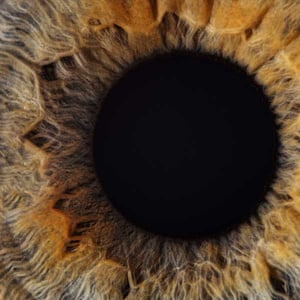Industrial lighting experts consider human vision to enhance worksite illumination.
The functions of the human eye should guide quality lighting strategies.
As lighting professionals, we understand the role of vision in our lives. The complexity of the human eye is fascinating. Components work together to create a clear and focused image for the retina.
Supported by the three pairs of muscles that ensure both eyes align and target the same object. Ciliary muscles adjust the focal length of the optical lens. The iris regulates the pupil to control the amount of light entering the eye.
The aging workforce requires enhanced lighting conditions.
With age, these optical elements can degrade. Seasoned individuals need corrective lenses to restore clear vision. Age-related changes also affect adaptation time and increase light scattering within the eye. The scattering leads to nonuniform light distribution and glare, causing discomfort.

As the demographics of a workforce change, we must address the lighting needs of all age groups. This can involve design considerations to allow dynamic adjustments through dimming controls.
Deploying lights that, at the total output, operate within ambient temperatures of the plant. Improving light levels, uniformity, and glare can enhance visual comfort for all workers. Ensuring that everyone can perform tasks efficiently and safely.
The color rendering index of light sources and the reflectance of objects play a crucial role in color discrimination. The CRI is an essential consideration in lighting design.
Human eye activation based on light intensity
In most light fixture installations, light levels can activate the cones in the fovea. The fovea is the dominant photoreceptor for the visual response.
Rods have higher sensitivity and play a dominant role in low-light conditions. This role refers to the term scotopic conditions in photometry. Locations using artificial lights should have levels above the threshold for scotopic vision.
Rods distributed in the periphery of the retina assist in peripheral vision. It is crucial for detecting the movement of objects in the peripheral visual field. Peripheral vision is significant since goods and equipment can be in frequent motion.
Impact on industrial lighting design
Understanding the relationship between light and human vision is vital. Allowing electrical engineers to execute successful lighting design.
Considering the different aspects above can lead to better lighting solutions.
Nemalux enhances visual comfort, safety, and performance for various visual tasks. We can support operators on-site by leveraging lighting design principles and human vision.


